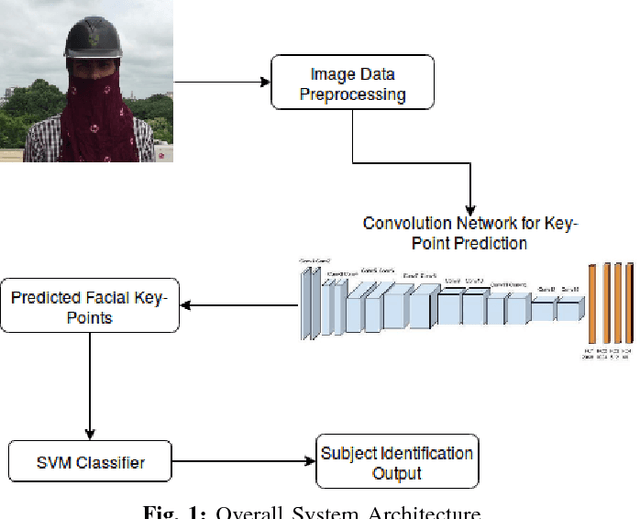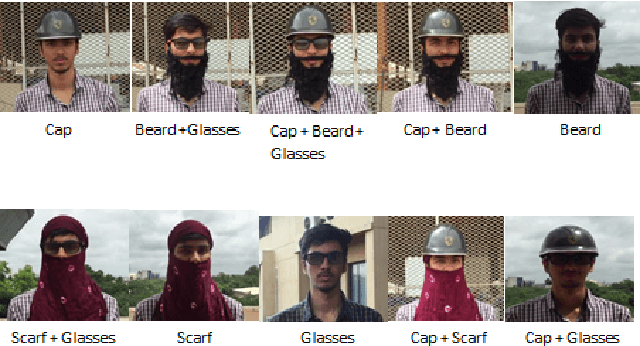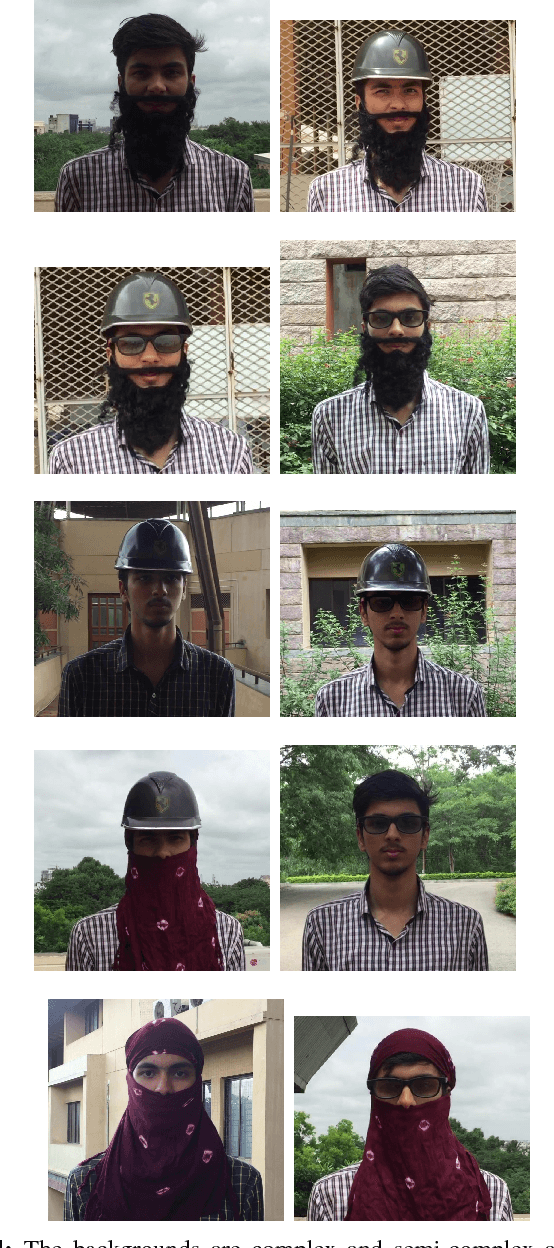Abrar Majeedi
Neural at ArchEHR-QA 2025: Agentic Prompt Optimization for Evidence-Grounded Clinical Question Answering
Jun 12, 2025Abstract:Automated question answering (QA) over electronic health records (EHRs) can bridge critical information gaps for clinicians and patients, yet it demands both precise evidence retrieval and faithful answer generation under limited supervision. In this work, we present Neural, the runner-up in the BioNLP 2025 ArchEHR-QA shared task on evidence-grounded clinical QA. Our proposed method decouples the task into (1) sentence-level evidence identification and (2) answer synthesis with explicit citations. For each stage, we automatically explore the prompt space with DSPy's MIPROv2 optimizer, jointly tuning instructions and few-shot demonstrations on the development set. A self-consistency voting scheme further improves evidence recall without sacrificing precision. On the hidden test set, our method attains an overall score of 51.5, placing second stage while outperforming standard zero-shot and few-shot prompting by over 20 and 10 points, respectively. These results indicate that data-driven prompt optimization is a cost-effective alternative to model fine-tuning for high-stakes clinical QA, advancing the reliability of AI assistants in healthcare.
LETS Forecast: Learning Embedology for Time Series Forecasting
Jun 06, 2025Abstract:Real-world time series are often governed by complex nonlinear dynamics. Understanding these underlying dynamics is crucial for precise future prediction. While deep learning has achieved major success in time series forecasting, many existing approaches do not explicitly model the dynamics. To bridge this gap, we introduce DeepEDM, a framework that integrates nonlinear dynamical systems modeling with deep neural networks. Inspired by empirical dynamic modeling (EDM) and rooted in Takens' theorem, DeepEDM presents a novel deep model that learns a latent space from time-delayed embeddings, and employs kernel regression to approximate the underlying dynamics, while leveraging efficient implementation of softmax attention and allowing for accurate prediction of future time steps. To evaluate our method, we conduct comprehensive experiments on synthetic data of nonlinear dynamical systems as well as real-world time series across domains. Our results show that DeepEDM is robust to input noise, and outperforms state-of-the-art methods in forecasting accuracy. Our code is available at: https://abrarmajeedi.github.io/deep_edm.
RICA2: Rubric-Informed, Calibrated Assessment of Actions
Aug 06, 2024Abstract:The ability to quantify how well an action is carried out, also known as action quality assessment (AQA), has attracted recent interest in the vision community. Unfortunately, prior methods often ignore the score rubric used by human experts and fall short of quantifying the uncertainty of the model prediction. To bridge the gap, we present RICA^2 - a deep probabilistic model that integrates score rubric and accounts for prediction uncertainty for AQA. Central to our method lies in stochastic embeddings of action steps, defined on a graph structure that encodes the score rubric. The embeddings spread probabilistic density in the latent space and allow our method to represent model uncertainty. The graph encodes the scoring criteria, based on which the quality scores can be decoded. We demonstrate that our method establishes new state of the art on public benchmarks, including FineDiving, MTL-AQA, and JIGSAWS, with superior performance in score prediction and uncertainty calibration. Our code is available at https://abrarmajeedi.github.io/rica2_aqa/
Full Reference Video Quality Assessment for Machine Learning-Based Video Codecs
Sep 02, 2023



Abstract:Machine learning-based video codecs have made significant progress in the past few years. A critical area in the development of ML-based video codecs is an accurate evaluation metric that does not require an expensive and slow subjective test. We show that existing evaluation metrics that were designed and trained on DSP-based video codecs are not highly correlated to subjective opinion when used with ML video codecs due to the video artifacts being quite different between ML and video codecs. We provide a new dataset of ML video codec videos that have been accurately labeled for quality. We also propose a new full reference video quality assessment (FRVQA) model that achieves a Pearson Correlation Coefficient (PCC) of 0.99 and a Spearman's Rank Correlation Coefficient (SRCC) of 0.99 at the model level. We make the dataset and FRVQA model open source to help accelerate research in ML video codecs, and so that others can further improve the FRVQA model.
A Supervised Learning Methodology for Real-Time Disguised Face Recognition in the Wild
Sep 08, 2018



Abstract:Facial recognition has always been a challeng- ing task for computer vision scientists and experts. Despite complexities arising due to variations in camera parameters, illumination and face orientations, significant progress has been made in the field with deep learning algorithms now competing with human-level accuracy. But in contrast to the recent advances in face recognition techniques, Disguised Facial Identification continues to be a tougher challenge in the field of computer vision. The modern day scenario, where security is of prime concern, regular face identification techniques do not perform as required when the faces are disguised, which calls for a different approach to handle situations where intruders have their faces masked. Along the same lines, we propose a deep learning architecture for disguised facial recognition (DFR). The algorithm put forward in this paper detects 20 facial key-points in the first stage, using a 14-layered convolutional neural network (CNN). These facial key-points are later utilized by a support vector machine (SVM) for classifying the disguised faces based on the euclidean distance ratios and angles between different facial key-points. This overall architecture imparts a basic intelligence to our system. Our key-point feature prediction accuracy is 65% while the classification rate is 72.4%. Moreover, the architecture works at 19 FPS, thereby performing in almost real-time. The efficiency of our approach is also compared with the state-of-the-art Disguised Facial Identification methods.
 Add to Chrome
Add to Chrome Add to Firefox
Add to Firefox Add to Edge
Add to Edge